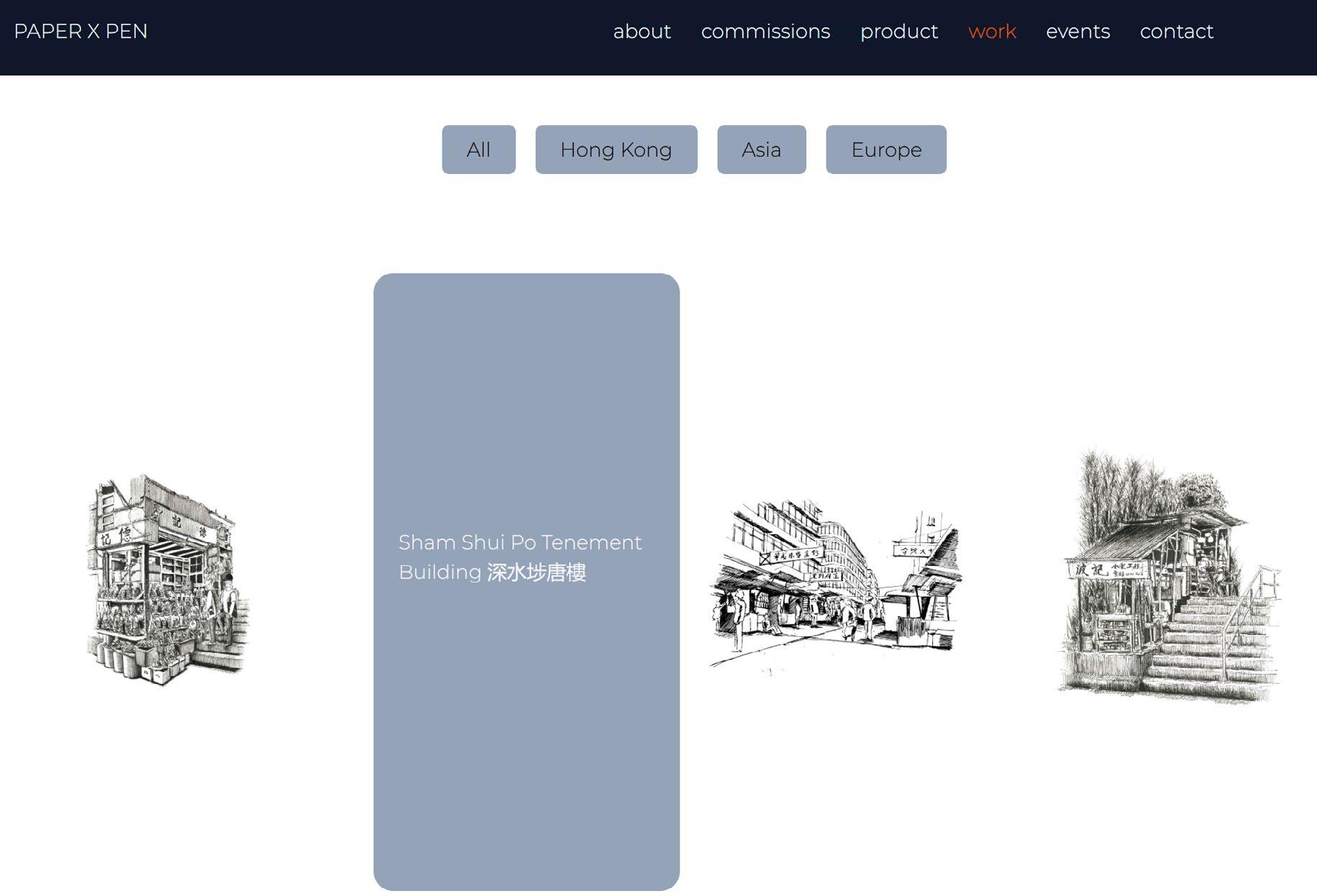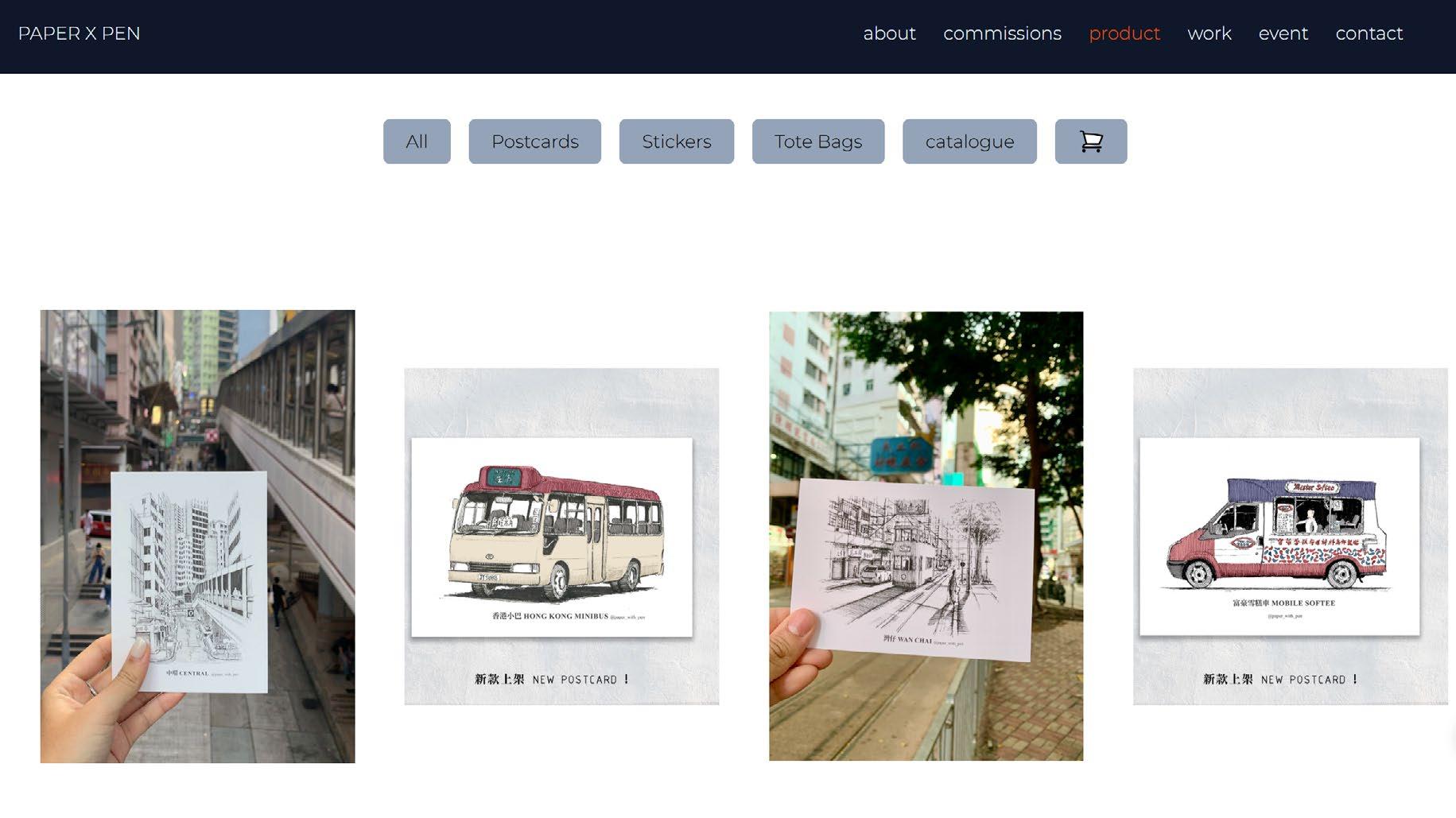A curation of academic work from an Architecture and Building Technology Graduate across six years of education. The projects presented demonstrate a strong interest in digital approaches and researchfocused ML applications for the built environment.
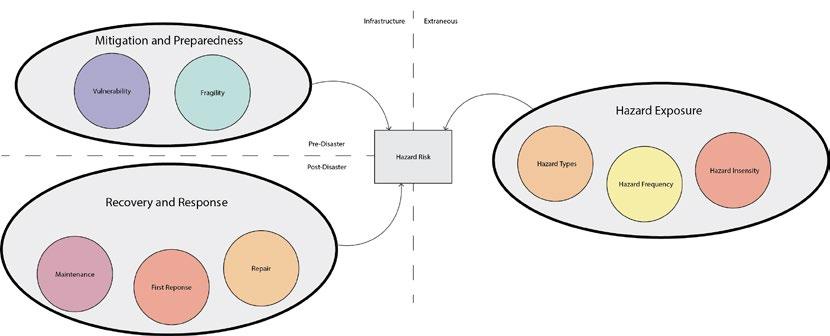
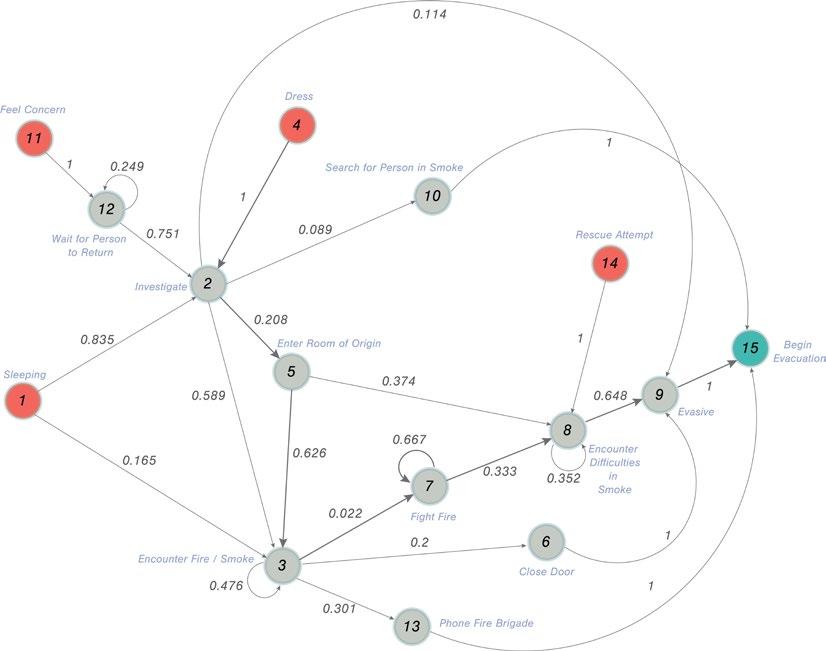
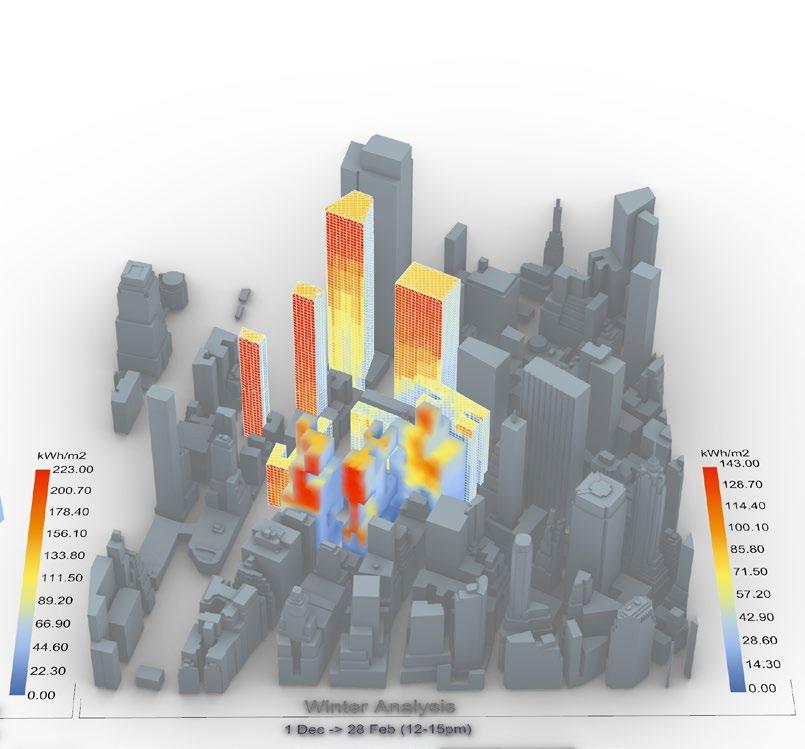
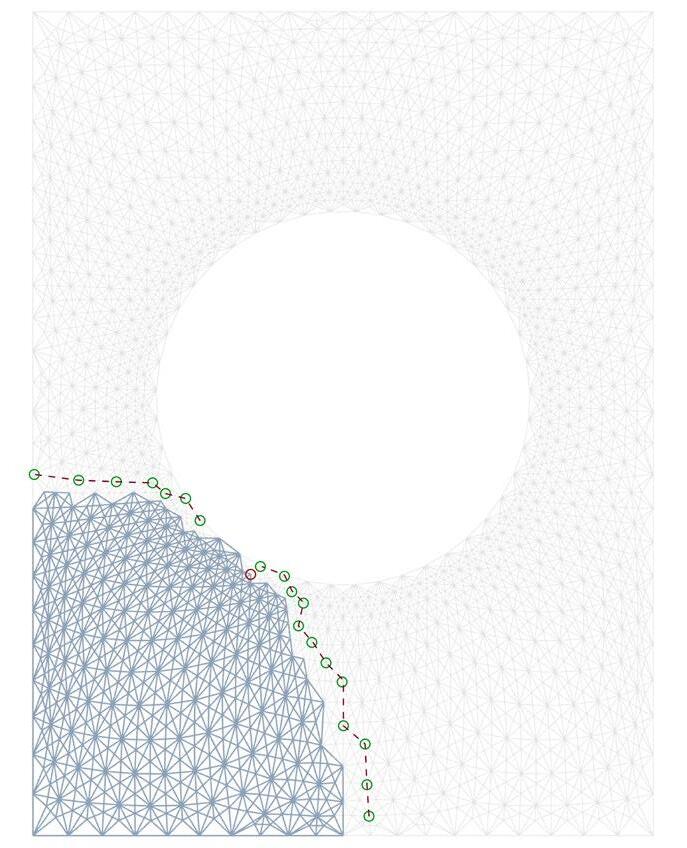


QRES-MARL
A Resilience-Based decision-making tool for the post-earthquake recovery of interdependent infrastructure networks using Multi-Agent Reinforcement Learning.
The most recent and substantial research project taken to date shows the use of Machine Learning (ML) methods for post-earthquake recovery of urban-scale interdependent infrastructure networks. A Python-based workflow is developed to generate optimal repair sequences on a set of building and road networks that most optimally considers the interdependency of building debris on traffic performance. Success is measured using community resilience, which encompasses various direct and indirect losses such as relocation costs, income losses, building and road repair costs. The results show that ML methods, specifically Deep Multi-Agent Reinforcement Learning performs most optimally in the early recovery phase.

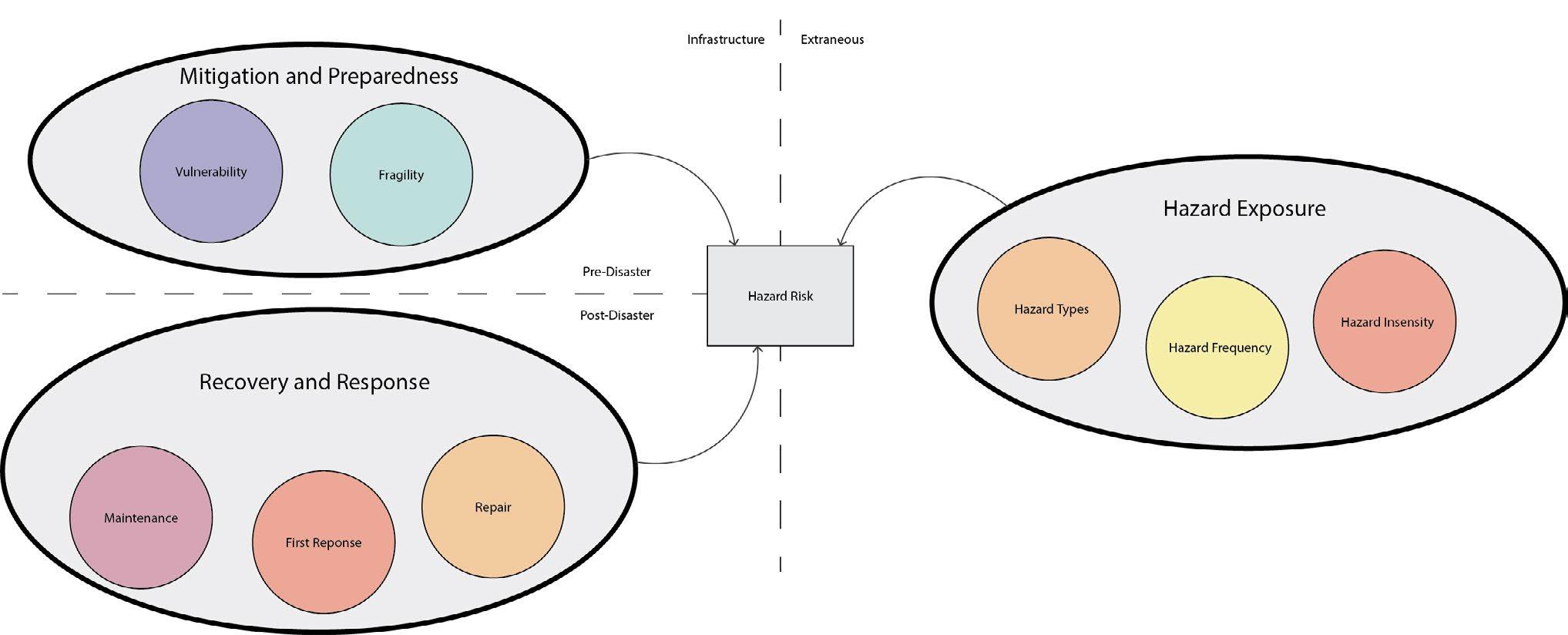




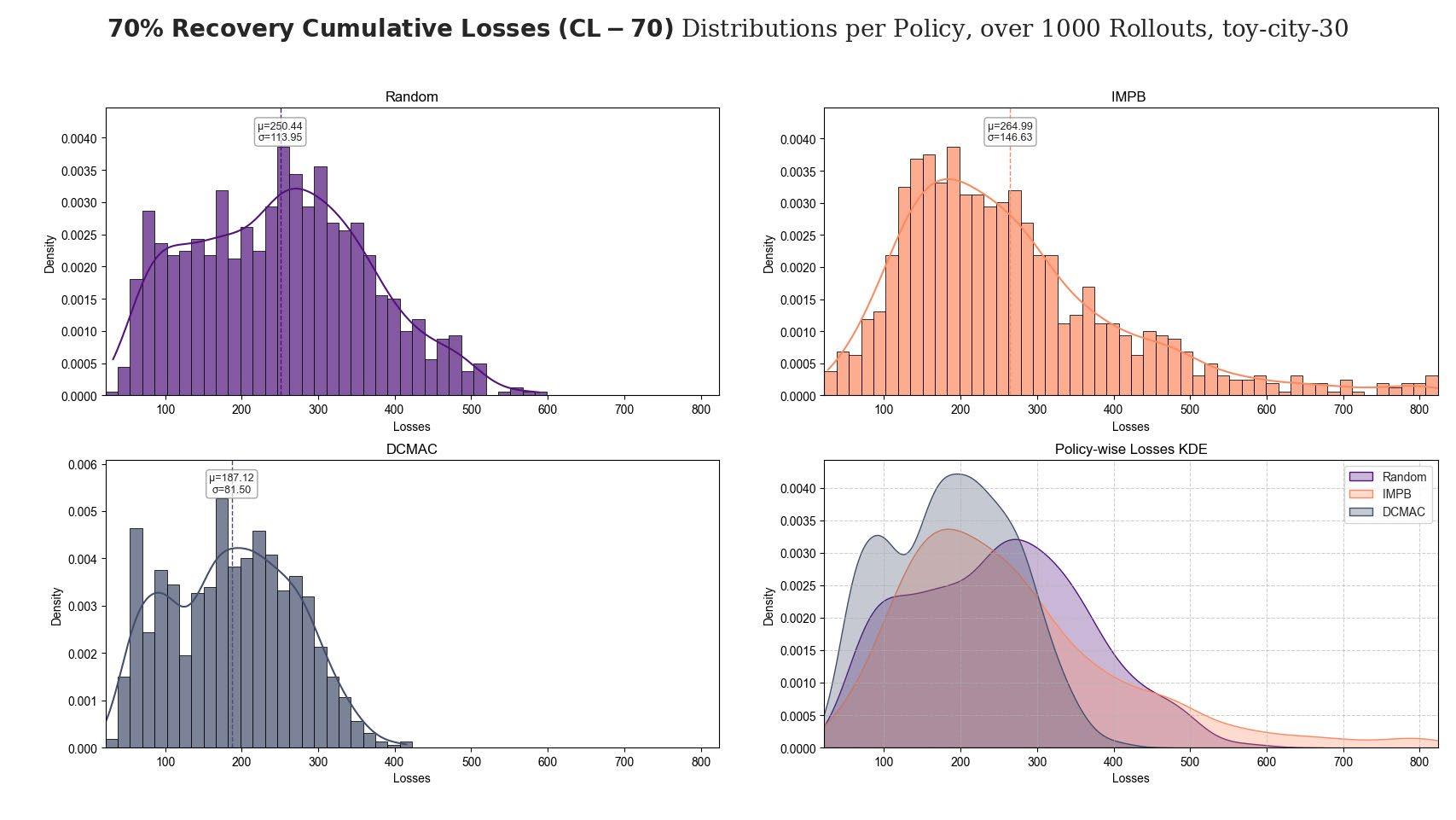

Predicting Evacuation Performance of Floor Plans
A CNN Approach Integrated with Stochastic Methods and Graph Theory
A recent research project on using Machine Learning for mitigating dwelling fire emergency risk. This project proved formative in informing the topic and approach to the applicant’s MSc thesis. The work proposes a Python-based framework which uses Machine Learning (ML) for predicting the evacuation time, given an architectural floor plan. It uses Graph Theory to predict the evacuation time and Markov Decision Processes (MDPs) to predict the pre-evacuation time. In doing so, ML is used to predict a holistic evacuation label on a floor plan by considering the connectivity of rooms in a floor plans and how they affect evacuation performance.
https://github.com/Antonios-M/EvacPredCNN



Towards a Heuristic Architecture
Exploring Generative Design and Evolutionary Computation in the Environmental Optimization of Highrise Tower Typologies
This dissertation proposes the use of heuristic techniques, borrowing from theories in population biology to develop workflows for the environmental optimisation of urban tower typologies. A Grasshopper-based workflow is developed using Ladybug and Honeybee to analyse the irradiance of overheated and underheated periods. Wallacei is used to optimise the voxelised forms of highrise towers such that both negative overheating effects during summer are balanced by effective passive solar heating in the winter.

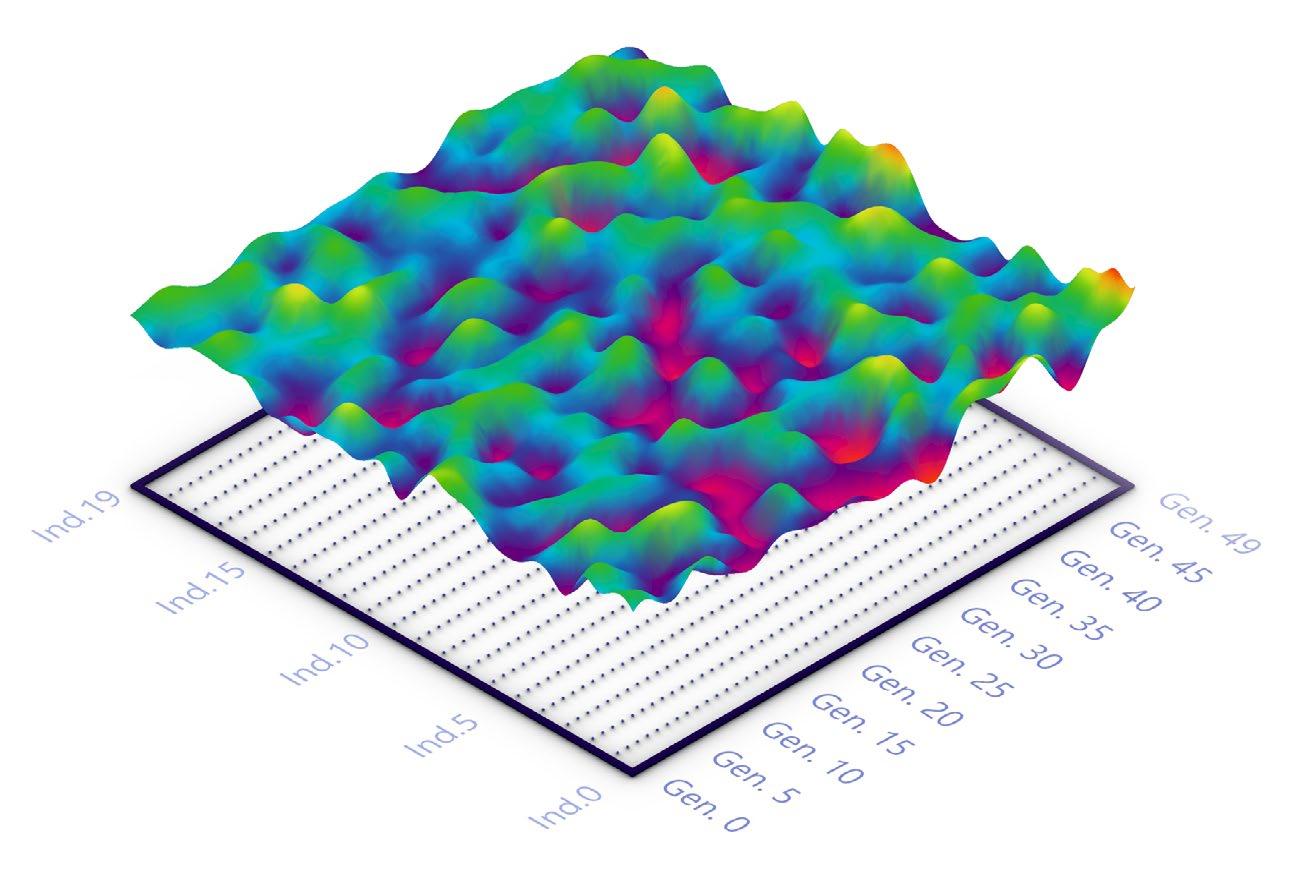
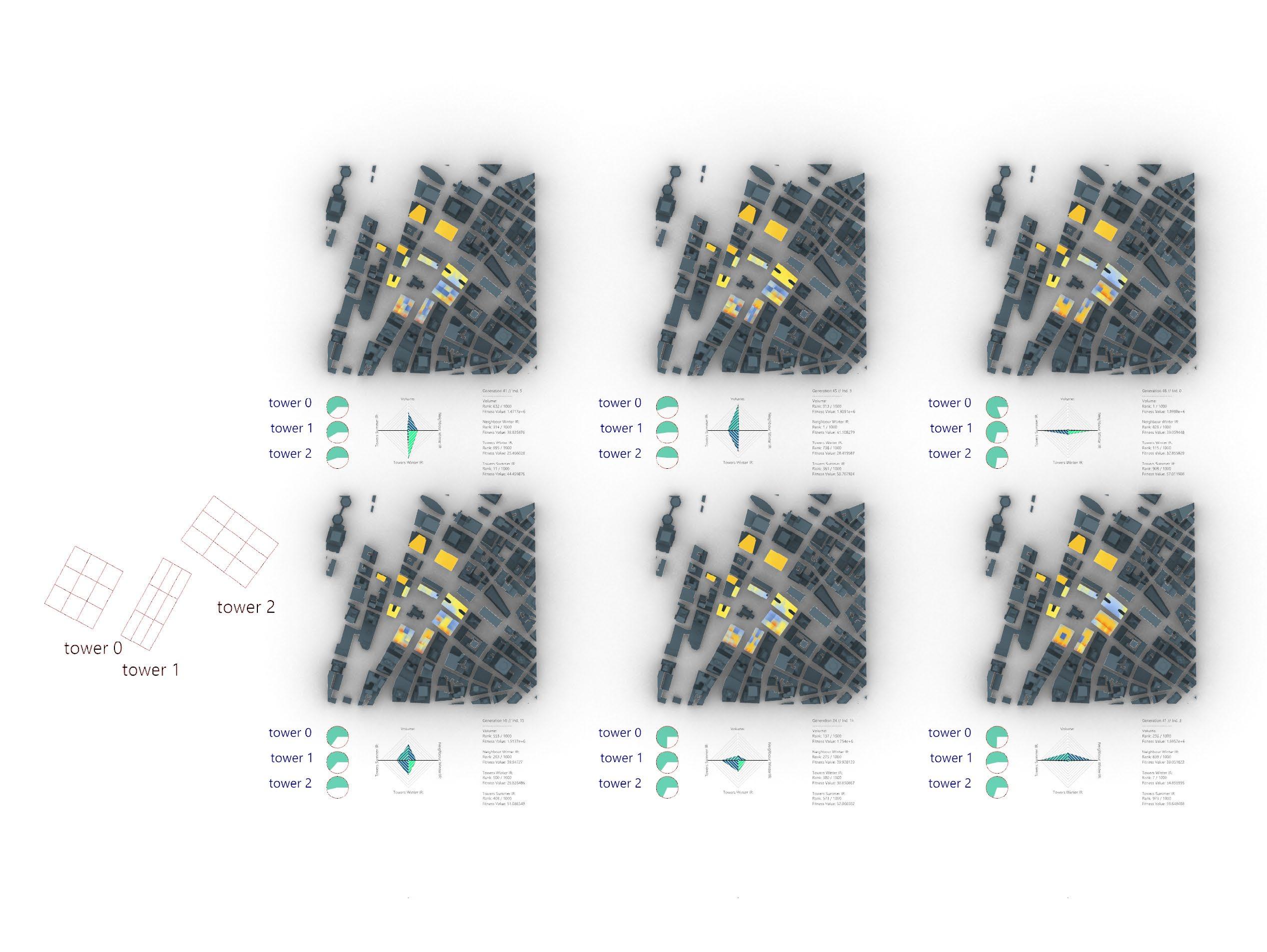
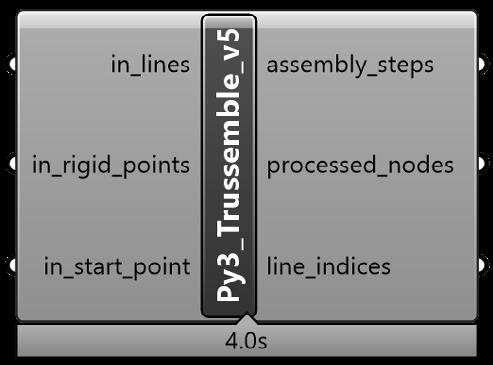

Grasshopper Utility Plugins
Developing Native Grasshopper Utility Plugins in C# and also Python-based, Non-Native components for optimised geometric operations and robotic fabrication.
These projects came organically after a frustration when trying to use vanilla Grasshopper components such as “PointInCurve” or when using scripts made in Kangaroo for circle relaxation. I found the existing approaches exceedingly slow and so I implemented spatial search methods using the RTree data structure that recursively find the next closest or furthest point in a list of points (considering that every new found point contributes to the next operation in the call stack). Furthermore, I was eager to experiment with circle and mesh relaxation and so I created my own component in C# to relax a set of circles, given a tolerance.
https://github.com/Antonios-M/CORE_2024/blob/main/src/assembly_sequence/Trussemble.py
https://github.com/Antonios-M/GhopUtils
Left. Graph-Based Robotic Assembly. Candidate Points for next Assembly Step are split into sub-graphs Right Top. Discrete Robotic Assembly of Trusses. Intra-Step logic of preserving rigidity during 7DOF robotic assembly
Bottom. C# Utility Plug-Ins. Plug-ins developed using optimised data structures such as the RTree and recursion to navigate Grasshopper’s inability to loop (without using external plug-ins)






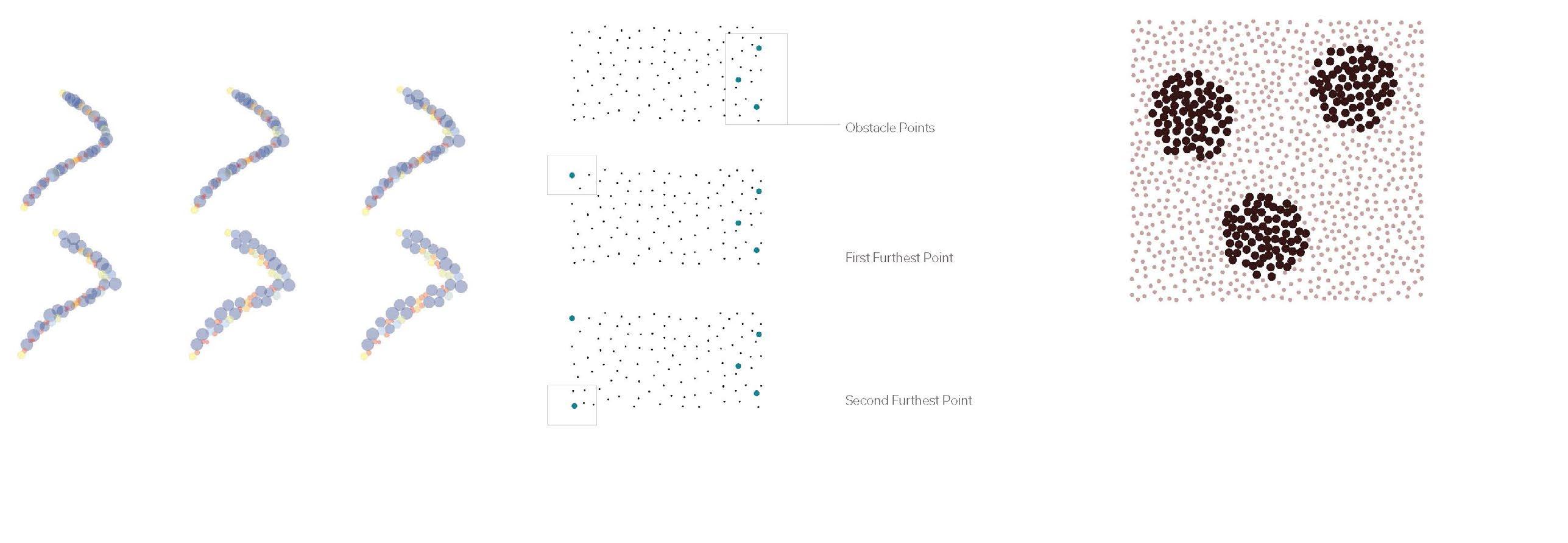

Web Development
Developing and deploying a website for a peer’s postcard business
A friend with a strong interest and skill in drawing and documenting urban spaces was keen to develop his online presence; meanwhile I was learning some basic web development. Therefore, I decided to dive right in and develop a website for them. I did so by using true and tested tools such as JQuery, TailwindCSS and HTML. While I didn’t develop the website using modern frameworks such as React or Angular, this allowed me to learn mark-up in detail and understand the basics of web development.
https://paperwithpen.netlify.app/
